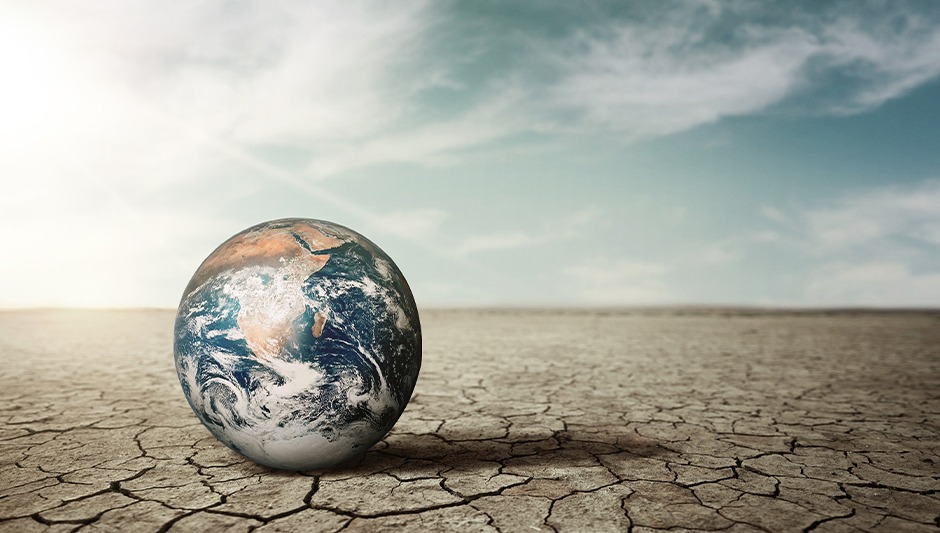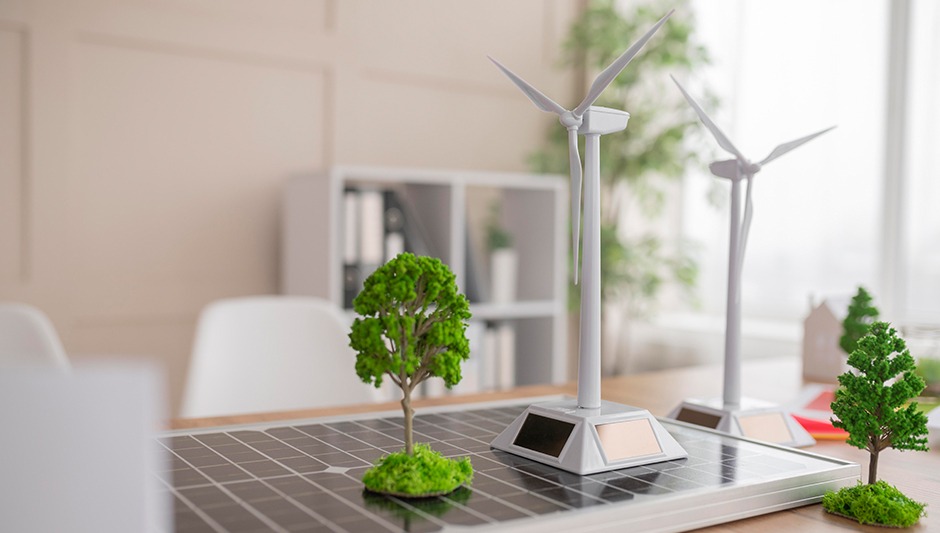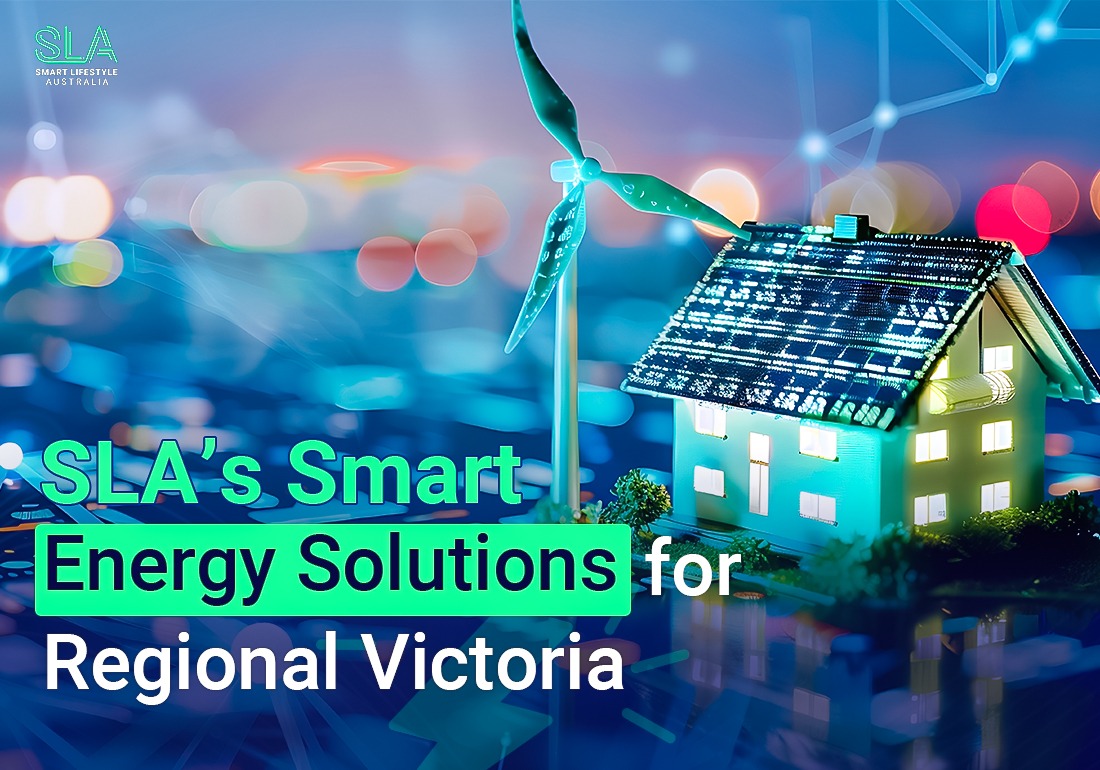Australia is home to some of the world’s most remarkable marine life. Among them, the blue whale stands out as the largest animal on Earth.
These gentle giants are vital to the ocean ecosystem. Yet, their population is at risk due to climate change, ocean pollution, and human activity.
At Smart Lifestyle Australia (SLA), we understand that protecting our planet also means protecting wildlife.
SLA’s commitment to saving Australia’s blue whale population reflects our broader mission to create sustainable energy solutions that benefit both people and the environment.
Let us explore how SLA is making a real difference for both homes and whales. By switching to clean energy, Australian households can reduce their carbon footprint and help protect these majestic creatures.
In this blog post:
- Why Blue Whales Are Important
- The Threats Facing Blue Whales
- How SLA Helps Protect Marine Life
- Renewable Energy and Whale Conservation: The Connection
- SLA’s Broader Environmental Commitment
- How Australians Can Help Blue Whale Conservation
- Case Study: How SLA Households Make a Difference
- The Importance of Long-Term Commitment
- Future Plans for SLA and Marine Conservation
- Joining SLA in the Mission to Protect Blue Whales
Why Blue Whales Are Important
Blue whales are the largest animals to have ever lived. They can grow up to 30 meters in length and weigh over 150 tonnes.
Despite their enormous size, they feed mostly on tiny shrimp-like creatures called krill. These whales are not just impressive in size. They play a key role in maintaining the health of the oceans.
Blue whales help regulate the food chain and support the balance of marine ecosystems. Protecting them ensures the oceans remain healthy for all marine life.
In Australia, blue whales migrate through the Southern Ocean and the Great Australian Bight. They are a symbol of our unique marine biodiversity.
Losing them would not only affect the ocean but also disrupt the delicate balance of marine life.
The Threats Facing Blue Whales

Blue whales face several challenges today. Many of these threats are linked to human activity and climate change.
Understanding these dangers shows why SLA’s commitment to renewable energy is so important.
1. Climate Change
Rising ocean temperatures impact krill populations, the main food source for blue whales. When krill numbers decline, whales struggle to get enough nutrition. Climate change caused by greenhouse gas emissions is one of the biggest threats to their survival.
2. Ocean Noise Pollution
Shipping traffic and industrial activities create underwater noise. This noise can interfere with whales communication, feeding, and navigation. Constant disturbances make it difficult for them to thrive.
3. Ship Strikes
Large vessels traveling through whale migration routes can accidentally collide with these gentle giants. Ship strikes are one of the leading causes of death for blue whales in Australian waters.
4. Pollution
Plastics, chemicals, and oil spills are polluting oceans. Blue whales are directly affected by the toxins in the water and the decline of their prey. Every effort to reduce pollution can help safeguard their future.
How SLA Helps Protect Marine Life
SLA is committed to sustainability in every Australian household. By providing clean energy solutions, we help reduce the reliance on fossil fuels.
Our solar panels, battery storage systems contribute to a cleaner, healthier environment.
When families switch to renewable energy with SLA, they reduce carbon emissions. Less carbon in the atmosphere means slower climate change and cooler oceans.
This benefits not only humans but also marine life, including blue whales.
Best Solar Panels
SLA’s flexible solar panels allow households to generate their own electricity from the sun. By using solar energy, families reduce dependence on coal and gas. This lowers the greenhouse gases that contribute to ocean warming and climate change.
Energy Battery Storage
Battery energy storage systems store excess electricity generated from solar panels. This ensures households can use clean energy even at night or during peak hours. It also reduces the need for electricity from polluting power plants, helping to protect marine habitats.
Renewable Energy and Whale Conservation: The Connection
- Lower Carbon Emissions: Renewable energy produces little to no greenhouse gases. This slows global warming, helping maintain cooler ocean temperatures and krill populations.
- Reduced Fossil Fuel Use: Less coal and gas mean fewer ships transporting fuel and fewer industrial activities that disrupt ocean habitats.
- Cleaner Oceans: Renewable energy reduces pollution linked to electricity generation. Cleaner oceans mean healthier habitats for whales and other marine species.
SLA’s Broader Environmental Commitment

Smart Lifestyle Australia’s work goes beyond providing energy solutions. We always aim to create a long-term positive impact on the environment.
Our sustainability goals include:
- Helping Australian households save on energy bills while reducing emissions.
- Promoting clean energy adoption across cities and regional areas.
- Supporting a greener future for people, wildlife, and ecosystems.
By choosing SLA, families are participating in a larger movement. They are not only investing in their own energy future but also contributing to a safer environment for endangered species.
How Australians Can Help Blue Whale Conservation
Everyone can play a part in protecting marine life. Here are practical ways Australians can make a difference:
- Switch to Renewable Energy: Installing solar battery storage reduces your household’s carbon footprint, and SLA makes this easy.
- Support Marine Conservation Programs: Organisations working to protect whales and other marine life need community support. Donations, volunteering, or advocacy help their work.
- Reduce Plastic Usage: Plastic pollution threatens whales and other marine creatures. Using reusable products and recycling properly reduces this risk.
- Responsible Boating: Boaters can help by following safe navigation practices and avoiding known areas of whale migration.
- Educate Others: Sharing knowledge about endangered species and sustainable living encourages more people to take action.
Even small steps taken collectively create a big impact.
Case Study: How SLA Households Make a Difference
Consider a typical Australian family switching to SLA solar and battery storage.
- Before: Their home relied entirely on grid electricity, powered mostly by coal.
- After: They now generate clean energy from the sun and store it efficiently.
This change lowers their household emissions by hundreds of kilograms of CO₂ annually. Multiply this by thousands of households, and the impact on Australia’s carbon footprint is massive.
Cooler oceans, healthier krill populations, and safer environments for blue whales are all possible.
The Importance of Long-Term Commitment

Protecting blue whales requires ongoing effort. Climate change and pollution cannot be solved overnight. SLA’s commitment is long-term, and we continuously improve our technology and expand access to renewable energy.
By investing in clean energy infrastructure, SLA ensures that Australian households have the tools to live sustainably.
This reduces environmental stress and contributes to the preservation of our oceans and wildlife.
Future Plans for SLA and Marine Conservation
Smart Lifestyle Australia (SLA) is exploring ways to further support marine life protection, including:
- Collaborating with marine conservation programs.
- Sponsoring research on ocean health and endangered species.
- Encouraging community involvement in eco-friendly practices.
These initiatives show that SLA’s commitment to saving Australia’s blue whale population goes beyond technology. It’s about creating a culture of sustainability and care for the planet.
Joining SLA in the Mission to Protect Blue Whales
Blue whales are more than just ocean giants. They are a reminder of the delicate balance of nature and the consequences of human activity. Protecting them requires collective action and long-term commitment.
SLA’s vision to save Australia’s blue whale population reflects how clean energy solutions safeguard people, wildlife, and the planet.
By switching to solar and battery storage, Australian households play a vital role in reducing emissions, slowing climate change, and protecting endangered species.
Visit SLA and be part of building a cleaner, safer future where humans and marine life thrive together.
Every home that adopts clean energy is a step toward a world where blue whales and other marine creatures continue to flourish in Australia’s oceans.





